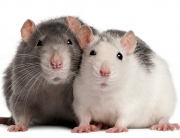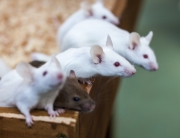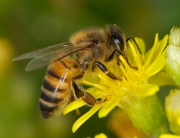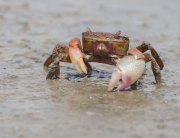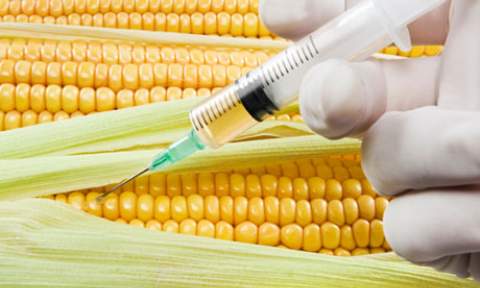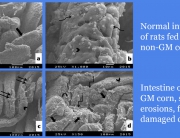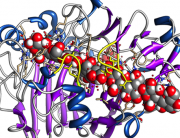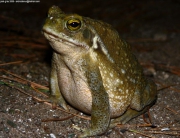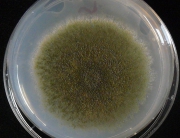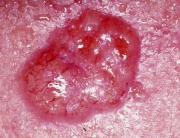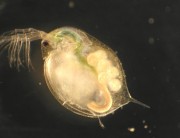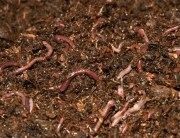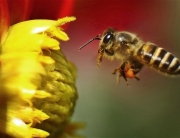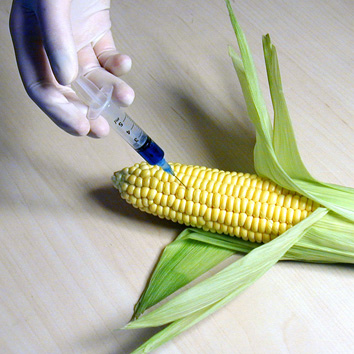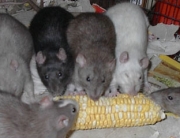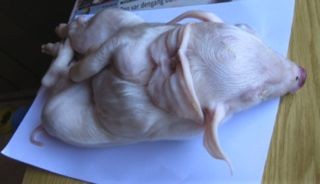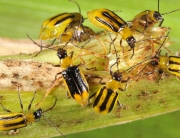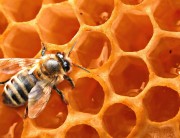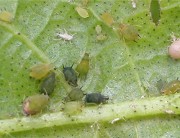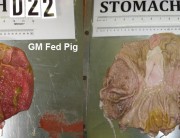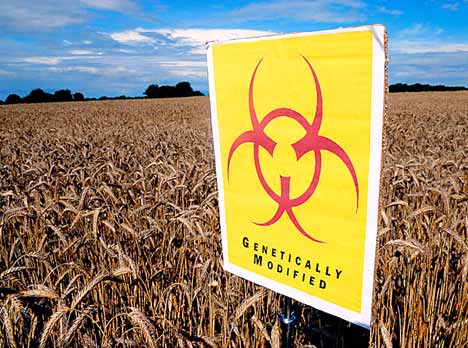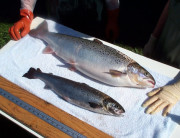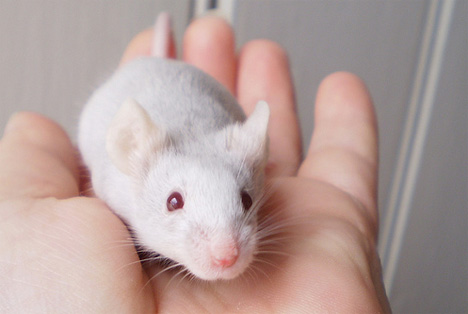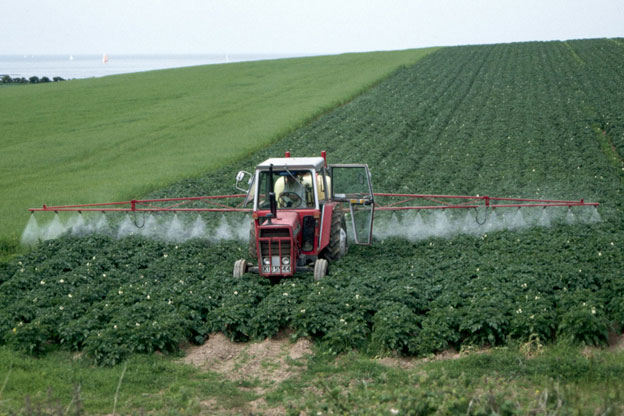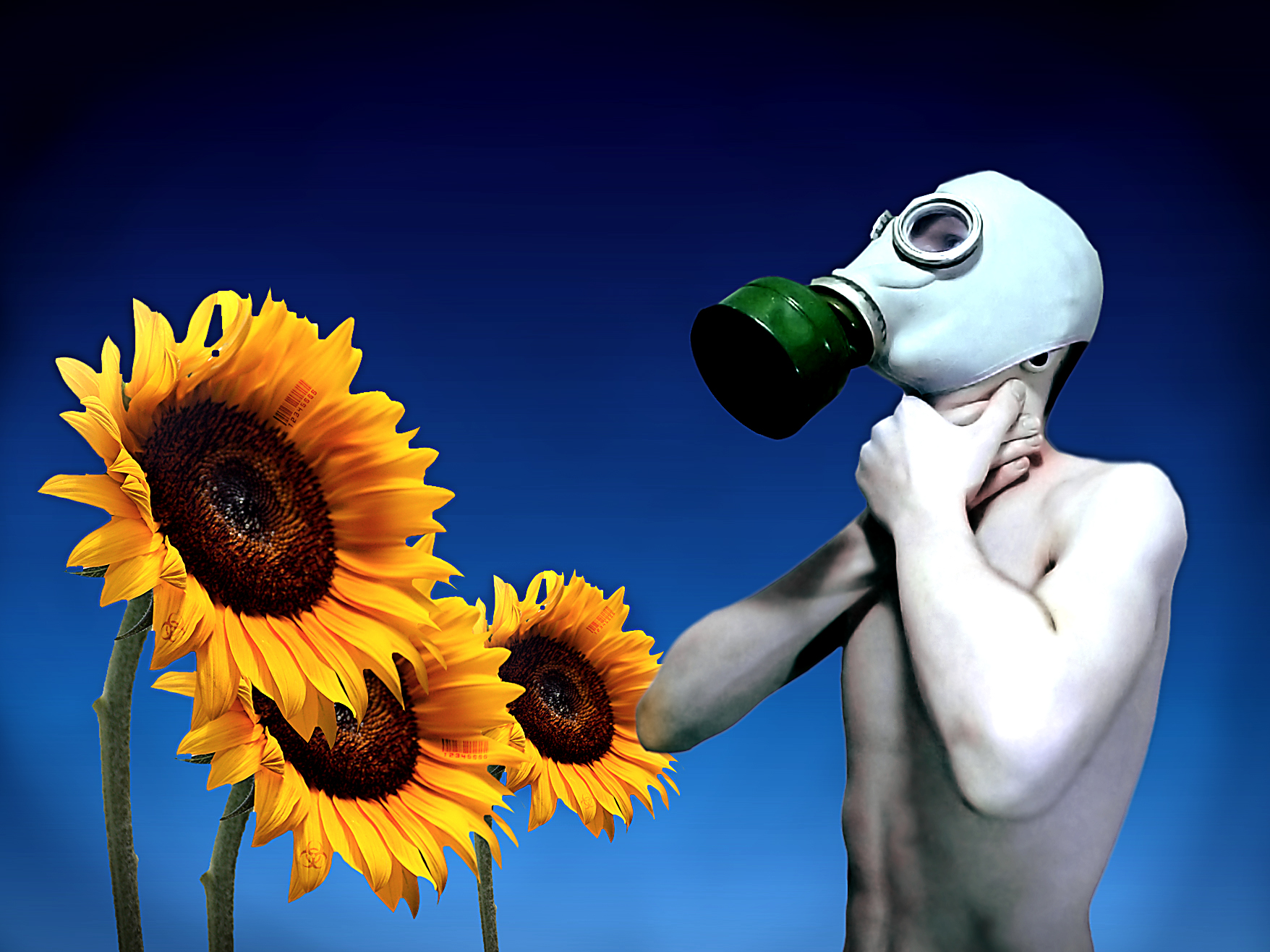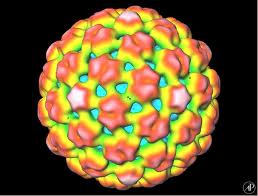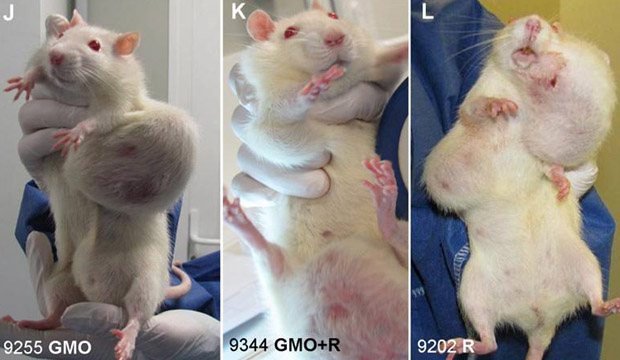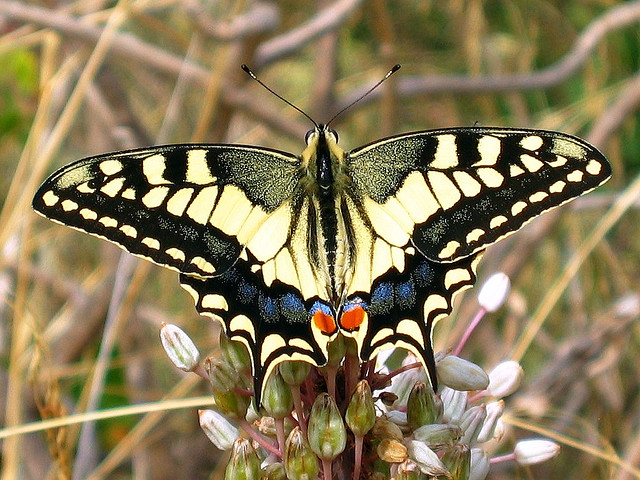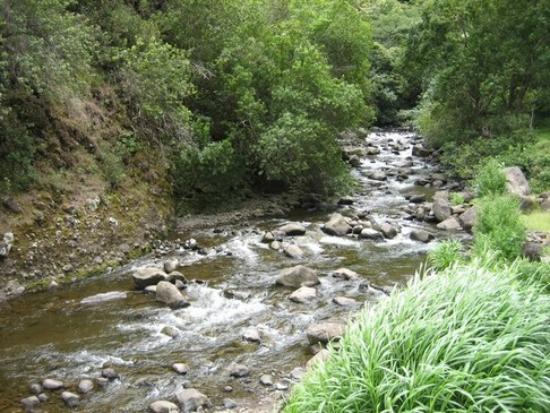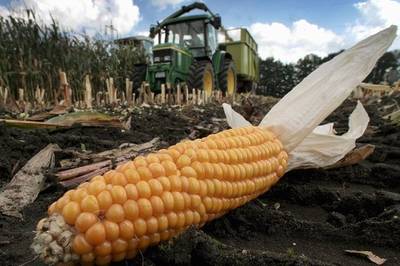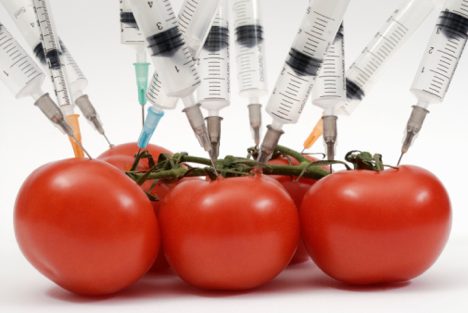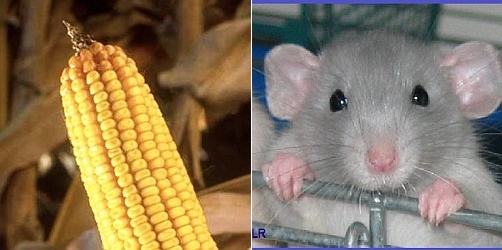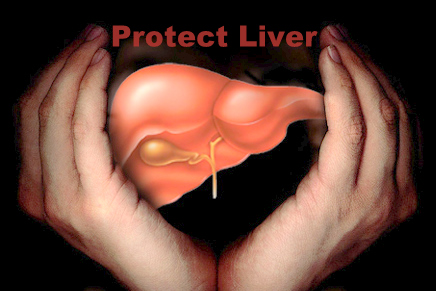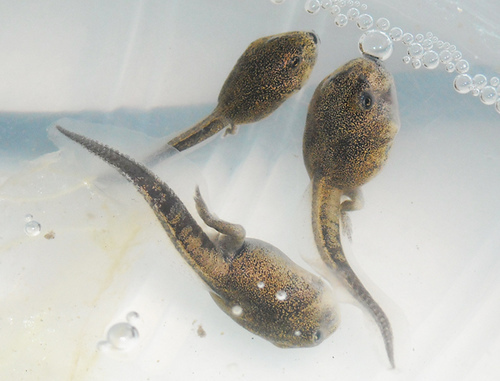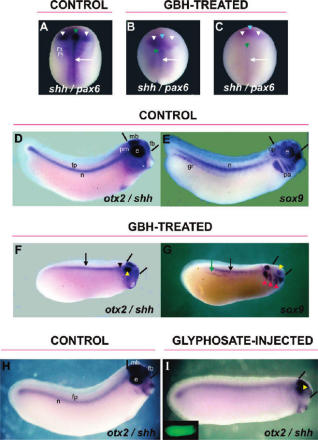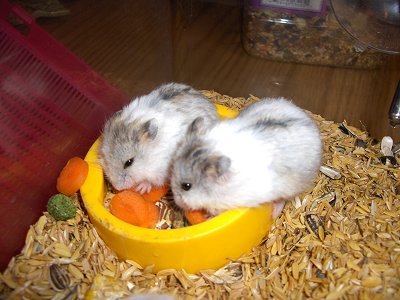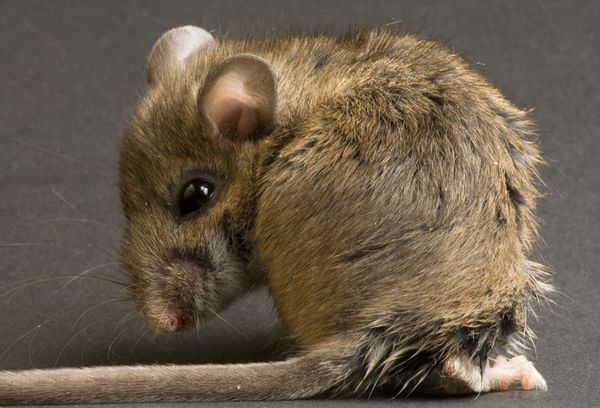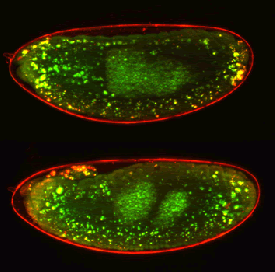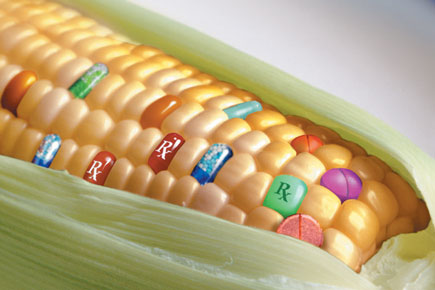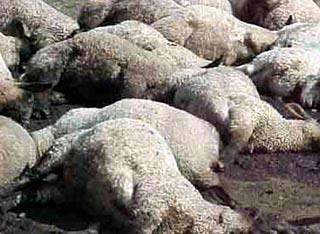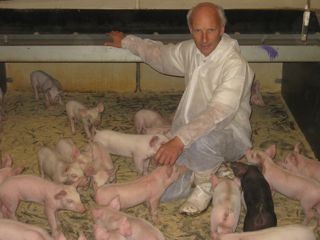This is an important new study that concludes that the planting of Bt maize in some areas of Europe would cause increased mortality in the larvae of the protected peacock butterfly.
Find the paper here: www.sciencedirect.com
Increased mortality is predicted of Inachis io larvae caused by Bt-maize pollen in European farmland
Abstract:
A potential environmental risk of the field cultivation of insect-resistant (Bt-toxin expressing) transgenic maize (Zea mays) is the consumption of Bt-containing pollen by herbivorous larvae of butterflies (Lepidoptera). Maize is wind-pollinated, and at flowering time large amounts of pollen can be deposited on various plants growing in the landscape, leading to inadvertent ingestion of toxic pollen with plant biomass consumed by these butterfly larvae. To examine the possible effect of this coincidence, we focused our study on the protected butterfly Inachis io and two regions of Europe. Using climatic records, maize and butterfly phenology data, we built a simulation model of the butterfly’s annual life cycle, overlaid with the phenology of maize pollen deposition on the leaves of the food plant Urtica dioica, and linked these with the dose–response curve of I. io larvae to Bt-maize pollen (event MON810). The simulations indicated that in Northern Europe, where I. io is univoltine, Bt-maize pollen would not be present on the food plant at the same time as the I. io larvae. However, in Central and Southern Europe, where I. io is bivoltine, Bt-maize pollen and the second generation I. io larvae would coincide, and an increased mortality of the larvae was predicted. This prediction differs from earlier studies which predicted negligible effect of field-grown Bt-maize on I. iolarvae. Our model is an improvement over previous efforts since it is based on more detailed, empirical data, includes more biological detail, and provides explicit estimation of all model parameters. The model is open-source software and is available for re-use and for modelling the effects on other species or regions.
Authors: Niels Holst, Andreas Lang, Gabor Lövei, Mathias Otto






